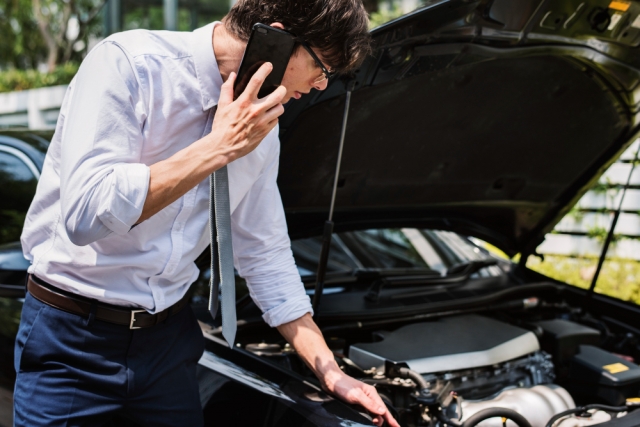There are several precautions you can and should take when driving to reduce the chances of being involved in an accident. You shouldn’t text and drive, speed, or make aggressive lane changes.
However, before you get behind the wheel and have a chance to prove that you are a safe driver, there are some proactive maintenance tasks you should take care of to prevent an accident. But if you’ve been injured in an accident because another driver failed to properly care for their vehicle, it’s important to understand your rights. You can work with a skilled car accident attorney to help secure your right to compensation.
Here are some of the maintenance tips you can put into action starting today:
Rotate Your Tires
Your tires wear down with every trip. When you rotate your tires, they can wear down more evenly, and that can improve the stability of your car. If one tire wears down unevenly, it can lead to loss of control, especially when the roads are wet. Tire manufacturers recommend rotating your tires every 5,000 to 7,000 miles.
The Importance of Regular Tire Rotation
Regular tire rotation is a vital component of comprehensive car safety maintenance, directly impacting the vehicle’s performance and the driver’s safety. This practice involves moving tires from one position on a vehicle to another to ensure that they wear down more evenly over time.
Uneven tire wear can significantly impact the handling and stability of a car, particularly in adverse weather conditions, thereby increasing the risk of accidents.
Manufacturers typically recommend rotating tires every 5,000 to 7,000 miles, a guideline that aligns with most oil change intervals, making it convenient to incorporate into regular vehicle maintenance schedules.
Replace Your Tires
Rotating your tires helps to distribute the wear on your treads evenly, but there will come a time when you need to replace your tires. A good tire can last between 25,000 and 40,000 miles. For the average driver, that is between 3 and 6 years. You can test your tire tread depth with a penny.
If you place a penny upside down in the tread of a tire and it sinks down past Lincoln’s head, your tires are in good shape. However, if you can see the top of Lincoln’s head, it is time to replace your tires.
Tires with low tread lose their traction on the road. Without treads, a tire can skid on slick roads, which can lead to rear-end collisions.
Keep Up with Brake Pad Maintenance
Your car’s brakes are what will keep you out of most accidents. Your brake pads apply pressure to your brake rotors, which bring the car to a stop. When your brake pads wear down, it takes more pressure to come to a complete stop.
If you need to come to a sudden halt due to a road hazard or another driver slamming on the brakes, it is vital that you have good working brakes.
Make Sure Your Turn Signals and Lights are Working
Whether you’re driving at night or during the day, you must use your turn signals. When you inform other drivers of your intention to turn, it can help reduce the likelihood of accidents.
At night or in poor driving conditions, such as fog, rain, or snow, your headlights and taillights can help other drivers see your car.
Don’t assume your lights are functioning properly. Check them.
Make Consistent Oil Changes
Oil is what lubricates your car’s engine. Without oil, your engine will seize up. Oil changes are recommended every six months or 5,000 miles, whichever comes first. During an oil change, your car’s other fluids can be checked, along with belts and tire pressure.
Keeping your car’s engine in proper working order helps prevent you from being involved in accidents.
Of course, if you do get into an accident, it might not be your fault. That is when you need to involve an experienced car accident attorney to provide you with the information you need to decide your best option for seeking compensation.
Keeping your car in good working order can help you avoid an accident.






